We're in luck, the weather looks great for a drive into some mountains.
There's a very large hay drying rack, of the type our tour tour book said to watch out for - a Slovenian fixture.
Rugged mountains come into view, typical craggy peaks of the Alps mountain range.
We take a side trip to see some ski jumping hills.
The big hill awaiting Winter's return and a good layer of snow.
Summer training with plastic matting:
We're in more luck, there's lots of athletes in training today.
This plastic matting, first developed in 1954, looks like heavy strands of broom woven onto the hill.
Sprinklers in use to apparently make the surface slick.
Blue is the competitive scoring window, going into red means danger as the hill starts to flatten out after that and the landing would be rough.
The flat run out area is real grass, also watered down to make it slicker.
The Vršič Pass, 1,611 m (5,826 feet), linking the Sava and Soča valleys, is the highest mountain road pass in Slovenia. The road rises from Kranjska Gora in a series of 50 hairpin bends. The upper elevations of the road are rendered impassable by heavy snowfall during much of winter. The road was greatly improved in late 1915 to supply the Isonzo Front of World War I, and it was originally named after Archduke Eugen of Austria-Hungary. The current name, Russian Road, refers to the approximately ten thousand Russian prisoners of war used as laborers in the 1915 construction. Each hair-pin turn is numbered, 24 up from our direction of travel, and then 26 down.
Looks, there's a hole in the mountain.
It's big enough for the Statue of Liberty to crawl through.
After we made it over the pass, a World War One burial site and memorial.
Deep canyon stream - look for Gerri in the right photo below.
Here's Tim on the high bridge.
An old fort in another pass, upgraded to WWI use.
In another pass we find WWI bunkers and gun positions amazingly well preserved after over 100 years.
There's even shell craters still there - this one a direct hit on top of the bunker/cave complex.
We then took a break in a mountain town for lunch at the brewery.
Italian WWI mausoleum where 7,014 soldiers are interred, including over 1700 unknowns.










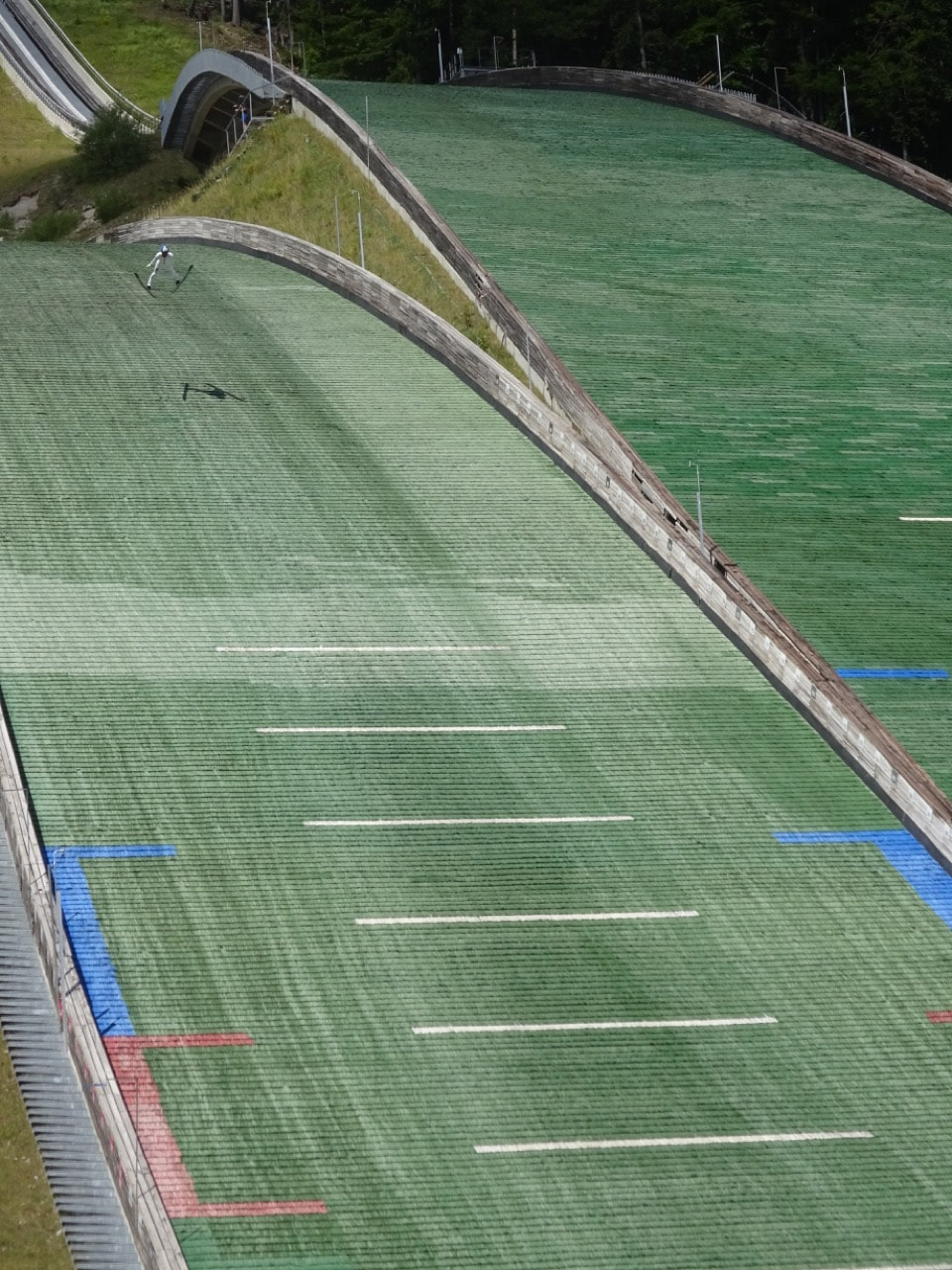











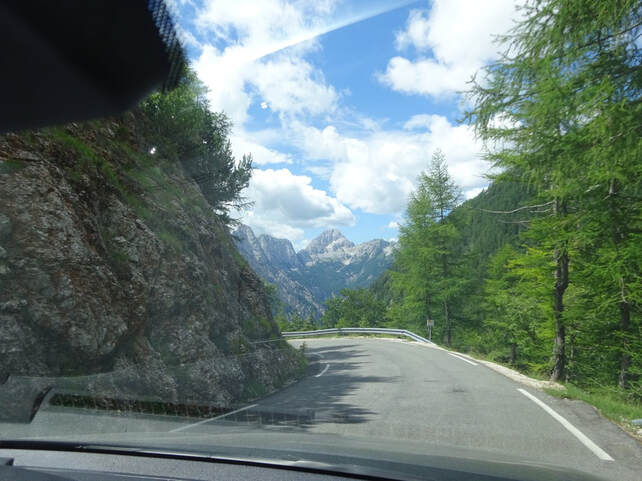


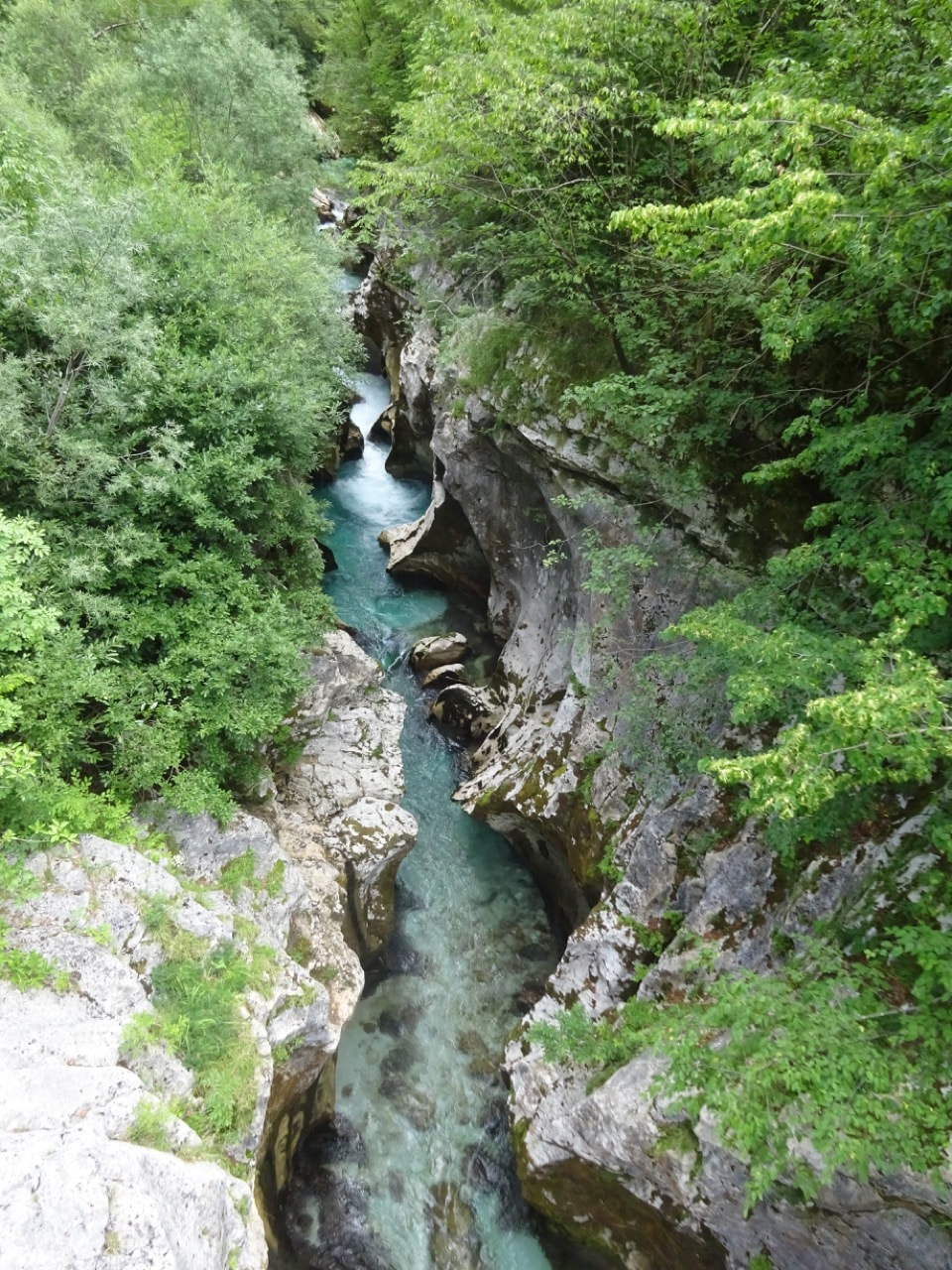





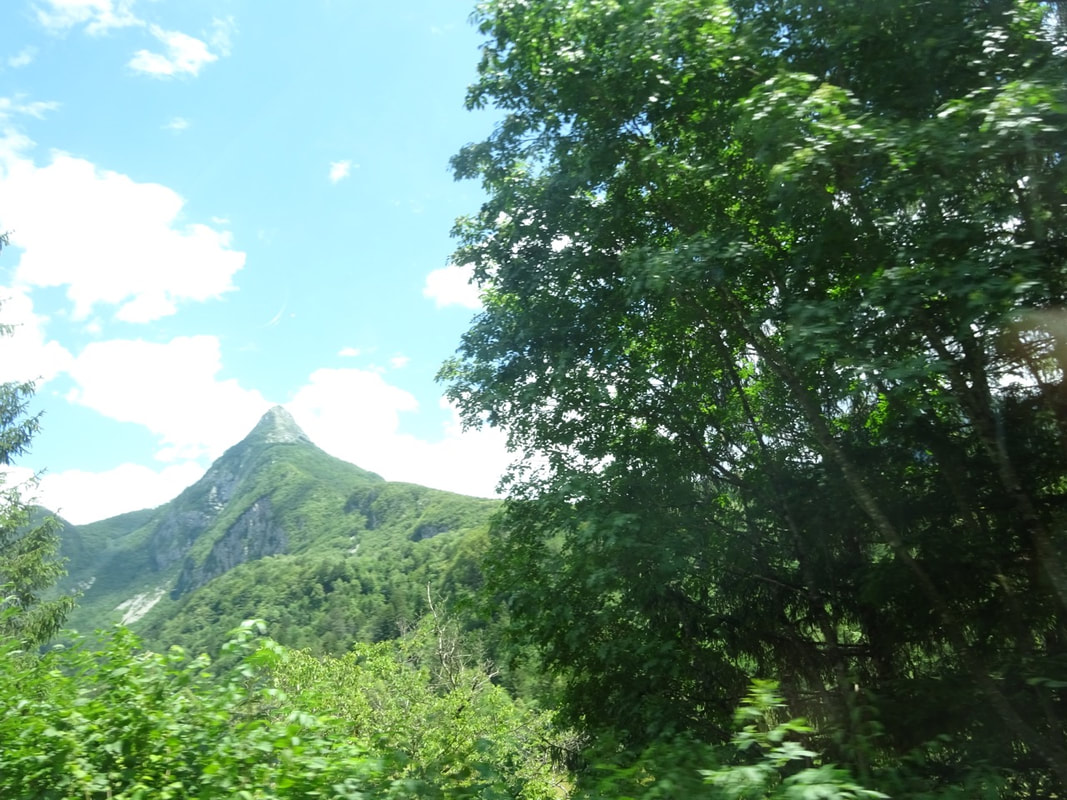
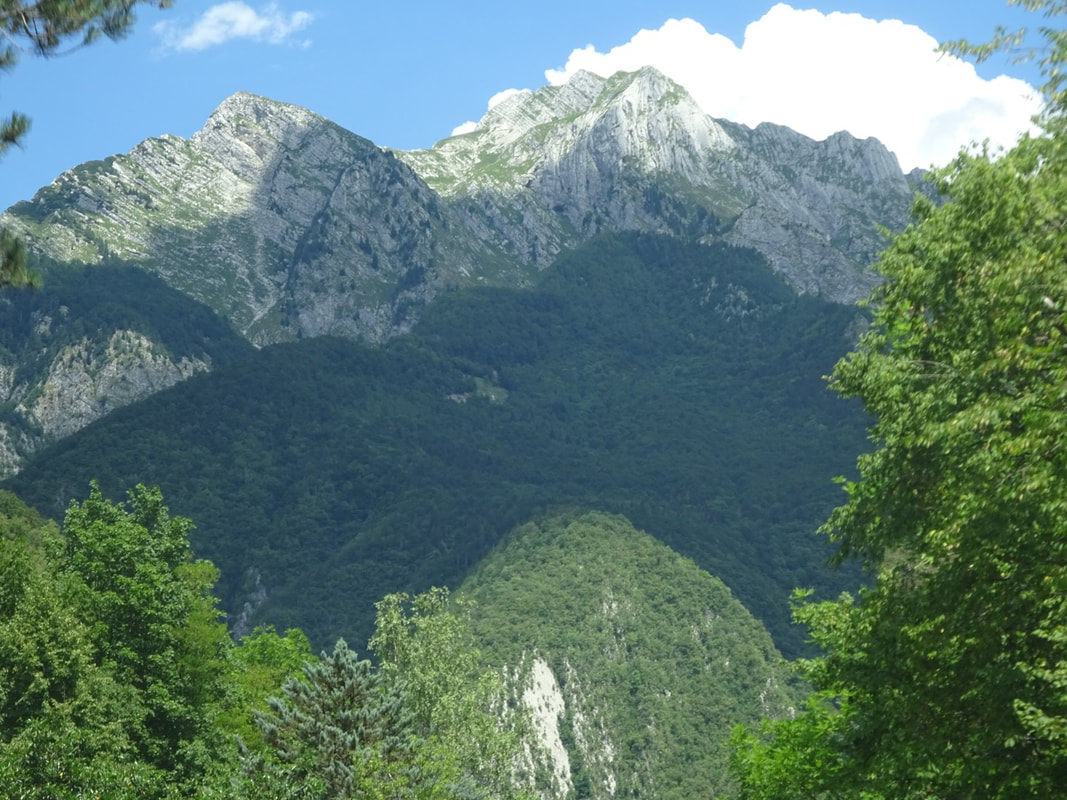
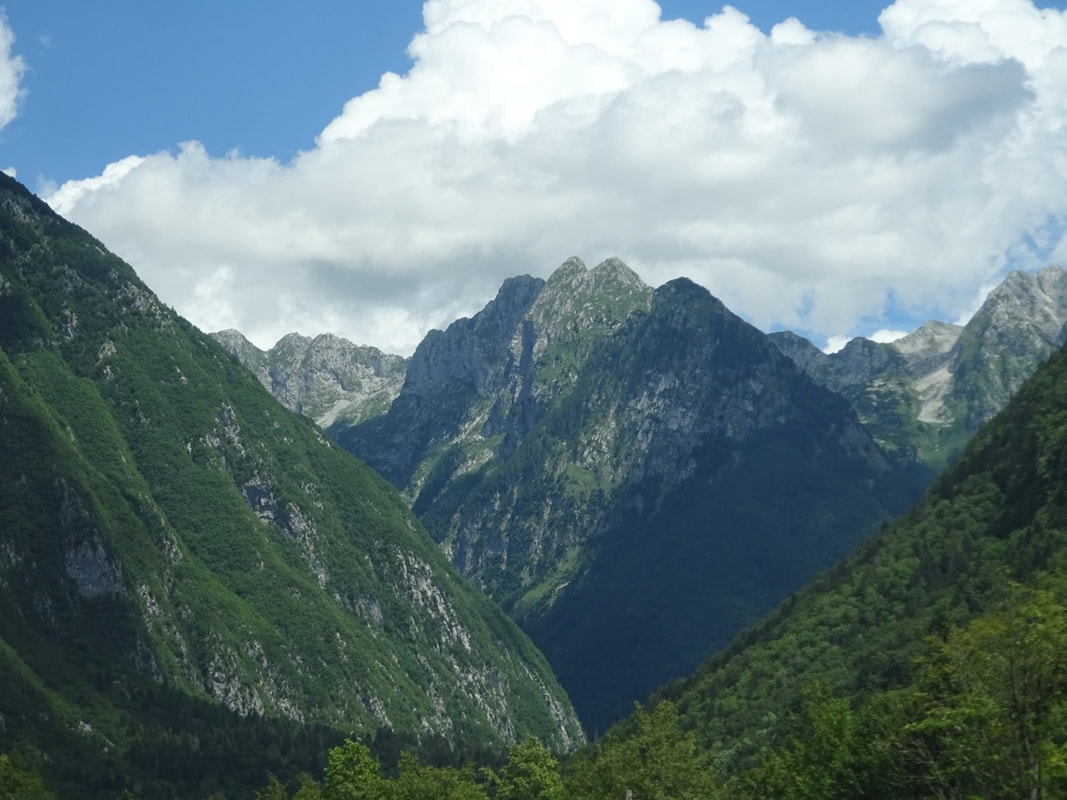






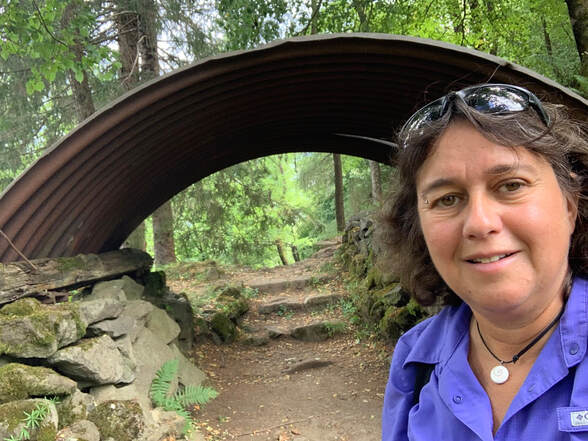




 RSS Feed
RSS Feed
